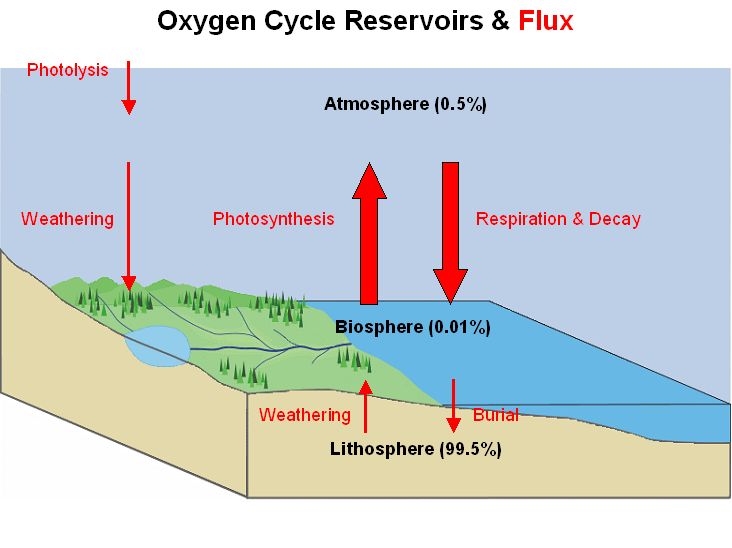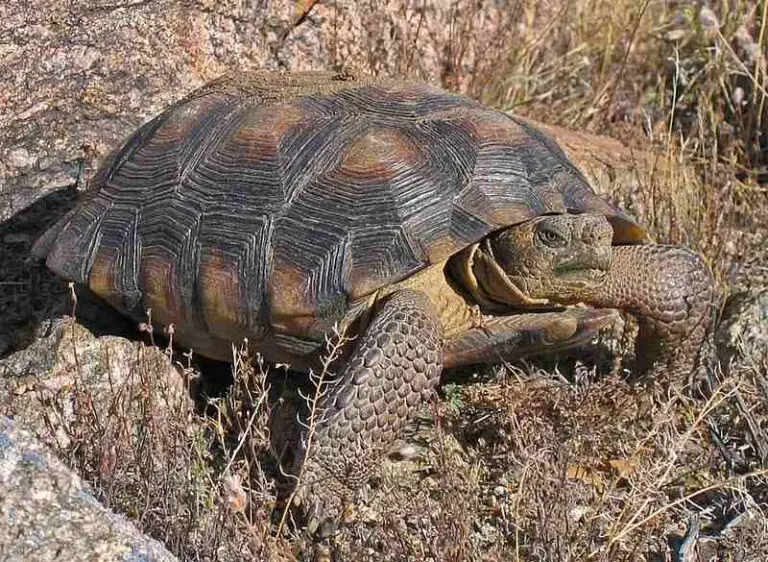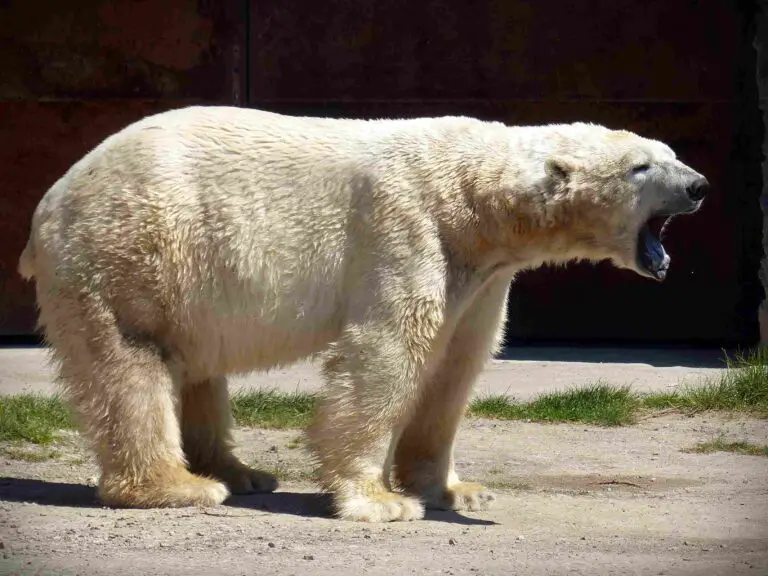5 Abiotic Factors in the Savanna Ecosystem Explained
Abiotic factors in the Savanna grassland ecosystem include; solar energy, climate, soil, oxygen, and nutrients.
This article discusses abiotic factors in the Savanna ecosystem, as follows;
| Abiotic Factor | Ecological Function | Overall Importance |
| 1. Solar Energy | Initiates energy transfer, drives photosynthesis, supports plant growth. | Foundation of survival, biodiversity distribution, potential for renewable energy. |
| 2. Climate | Defines seasons, influences temperature, humidity, and rainfall. | Drives ecosystem dynamics, shapes plant and animal adaptations. |
| 3. Soil | Affects nutrient availability, porosity, and susceptibility to degradation. | Impacts plant growth, soil health, and requires conservation practices. |
| 4. Oxygen | Essential for plant photosynthesis, influences carbon storage. | Affects Savanna characteristics, resilience to natural hazards. |
| 5. Nutrients | Controls nutrient cycling, impacts plant adaptation strategies. | Determines spatial coverage of the Savanna, influences plant nutrient uptake. |
| 6. pH | Influences nutrient availability and microbial activity in the soil. | Shapes plant diversity, adaptation, and overall savanna ecosystem health. |
| 7. Electrical Conductivity | Reflects soil fertility, impacting plant growth and microbial activity. | Crucial for overall savanna ecosystem productivity and dynamics. |
| 8. Moisture Content | Affects plant hydration, influencing species distribution and ecosystem dynamics. | Shapes plant growth, animal behavior, and sustains savanna biodiversity. |
| 9. Humidity | Influences plant transpiration, impacting water balance and ecosystem adaptability. | Shapes savanna microclimate, contributes to ecosystem resilience. |
| 10. Water | Sustains life, supporting plant growth and providing habitats for animals. | Central role in maintaining savanna biodiversity and ecosystem balance. |
| 11. Inorganic Carbon | Affects soil structure, nutrient cycling, and carbon availability for photosynthesis. | Shapes soil fertility, plant growth, and overall savanna ecosystem sustainability. |
| 12. Rocks | Influences soil composition, nutrient availability, and provides habitats for organisms. | Shapes physical landscape, supports plant adaptations, and contributes to ecosystem resilience. |
1). Solar Energy (as one of the Abiotic Factors in the Savanna)
Solar energy in the Savanna, occurs in the form heat and light.
While the thermal form is also essential, the light form (sunlight), plays a more immediate and measurable role.
Sunlight is important in grasslands because it serves as the primary form of energy that initiates all transfer and transformation processes involving bioenergy and biomass, and occurring across the various trophic levels of the Savanna energy pyramid.
Sunlight affects the Savanna by providing energy for photosynthesis, by which grasses and shrubs are able to produce their own food and serve as a source of nutrients to other organisms. Through plant growth which is facilitated by sunlight, essential biological processes like biodegradation and carbon sequestration are able to occur.
Based on the above analogy it can be argued that Sunlight is the foundation of survival for all biotic factors in the Savanna, while also playing a role in the distribution, natural recycling and stability of abiotic factors.
The average amount of sunlight which the Savanna gets is about 11 hours per day, which can be explained by the fact that most Savanna regions occur close to the equator.
Large supply of sunlight, has made the Savanna and its surroundings a prospective zone for large-scale solar panel installation and other renewable energy projects.

2). Climate
Savanna climate is caused by a combination of factors that include vegetation patterns, hydrological cycling, organic processes, air quality (with regards to naturally-occurring gases like carbon dioxide), wind and air-mass dynamics, and geographic position.
The Savanna has two climatic seasons which are; dry and wet seasons, and these are driven by processes like wind migration, ocean current flow and evaporation [5].
Main factors that define Savanna climate are; temperature, humidity, and rainfall.
The temperature of Savanna regions ranges from 20-30 °C and 10-20 °C in the rainy and dry seasons respectively, so that the average temperature is about 20 °C all year round, and 25°C in the rainy season alone [1].
Annual rainfall in the Savanna is about 40 inches on average.
It must be noted that climatic conditions in the Savanna may differ slightly from one geographic region to another.
3). Soil (as one of the Abiotic Factors in the Savanna)
The main types of soils in the Savanna are lateritic-ultisols, latosols and alfisols; which are relatively low in fertility and moisture content, with a thin covering of organic biomass or humus.
Savannas do not have good soil, as a result of sparse vegetation cover and relatively-low organic activity, which increase the risk of leaching and fertility loss.
Sandy soil is not dominant in the Savanna, although the soil is loose and porous, and has some similarities with quartz-rich sand. On the contrary, Savanna soils are more absorbent and retentive than sand, and contain significant amounts of non-quartz minerals like hematite.
In addition to being porous, Savanna soils are often acidic and may have a nearly-undifferentiated profile. The main source of nutrients in these soils is usually the thin topmost layer of humus.
Dry climate enables Savanna soils to retain some of their nutrients, alongside processes like nitrogen fixation that help maintain soil health [6].
Because of their susceptibility to leaching, erosion and other forms of degradation, it is often recommendable to subject Savanna soils to some soil conservation practices as part of ecosystem management [4].
In general, Savanna soils can be compared to subsoils in forests and other biomes where acidification, and leaching can occur.

4). Oxygen
Oxygen is a key abiotic factor in the Savanna biome.
Its relevance is directly linked to its role as a product of plant photosynthesis, and as an essential factor for the sustenance of animals in the Savanna.
Alongside oxygen, other important gases in the Savanna include carbon dioxide.
On average, Savannas store more carbon than forests; and this can be attributed to a combination of soil and vegetation factors. This increased carbon storage makes grasslands to be generally less-susceptible to acute damage from natural hazards like wildfires.
Oxygen availability and dynamics affect the origin, characteristics and development of Savannas [2].
Characteristics of the Savanna include dominance of grasses and shrubs, porous soil, abundant sunlight, dry and wet seasons, and low annual weather variations.
5). Nutrients (as one of the Abiotic Factors in the Savanna)
Savannas have little nutrients in their soils compared to forests, indicating that savanna soil is not very fertile.
Savanna plants get nutrients from the organic humus deposits formed on the soil surface from biodegradation of plant and animal remains.
As a result, Savanna plants are adapted such that they are capable of conserving and managing nutrients, through mechanisms like shedding and reallocation.
Some nutrients in the Savanna are Calcium (Ca), Nitrogen (N), Magnesium (Mg), Sodium (Na), and Phosphorus (P).
Geochemical and biological (that is; biogeochemical) processes control the cycling of nutrients, while nutrient distribution determines the spatial coverage of the Savanna itself [7].
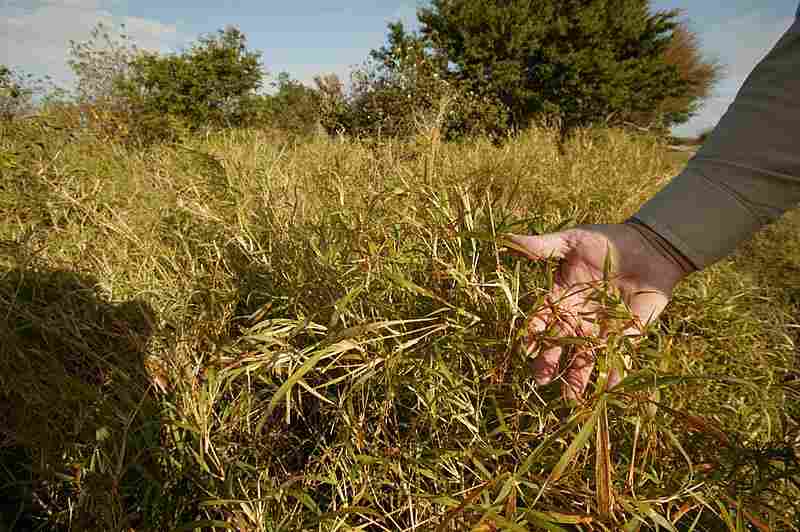
6. pH
pH measures the acidity or alkalinity of the soil, influencing nutrient availability and microbial activity.
Savanna soils often exhibit a range of pH levels, impacting plant diversity and adaptation strategies.
Acidic or alkaline conditions can affect the solubility of minerals, influencing plant nutrient uptake.
pH plays a crucial role in shaping the composition and health of the savanna ecosystem, impacting plant-soil interactions.
7. Electrical Conductivity (soil)
Details: Measures the soil's ability to conduct electricity, indicating the presence of dissolved ions.
Ecological Function: Reflects nutrient availability, aiding in assessing soil fertility.
Importance: Influences plant growth and microbial activity, contributing to the overall health and productivity of the savanna ecosystem.
8. Moisture Content
Details: Represents the amount of water present in the soil.
Ecological Function: Critical for plant hydration, impacting species distribution and survival strategies.
Importance: Influences plant growth, animal migration patterns, and overall ecosystem dynamics, playing a vital role in sustaining savanna biodiversity.
9. Humidity
Details: Measures the amount of water vapor in the air.
Ecological Function: Affects plant transpiration rates and animal behavior, influencing the overall water balance.
Importance: Shapes the microclimate, impacting the adaptability of savanna flora and fauna, and contributing to the ecosystem's resilience.
10. Water
Details: Refers to the availability and distribution of water sources in the savanna.
Ecological Function: Sustains life, supporting plant growth, providing habitats, and serving as a crucial resource for animals.
Importance: Water availability shapes the diversity, distribution, and behavior of organisms in the savanna, playing a central role in maintaining the balance of the entire ecosystem.
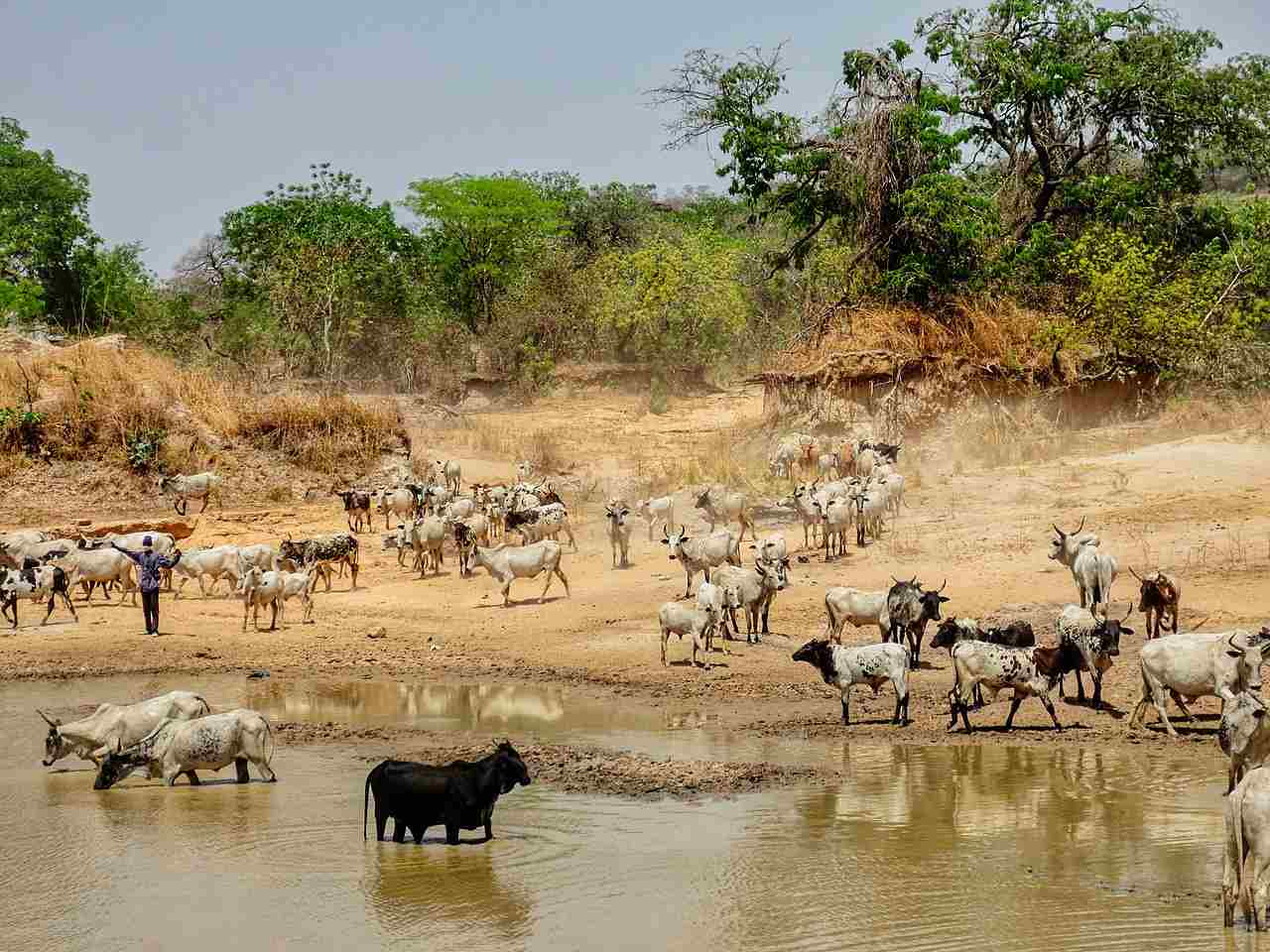
11. Inorganic Carbon
Details: Represents carbon in the form of carbonates and bicarbonates in the soil.
Ecological Function: Influences soil structure, nutrient cycling, and availability of carbon for plant photosynthesis.
Importance: Affects soil fertility, plant growth, and overall ecosystem dynamics in the savanna, contributing to the sustainability of the ecosystem.
12. Rocks
Details: Constituent geological materials comprising various minerals and providing the foundation for soil formation.
Ecological Function: Influences soil composition, nutrient availability, and provides habitats for diverse organisms.
Importance: Shapes the physical landscape, dictates plant adaptations, and supports ecosystem resilience in the savanna by contributing to the complexity of the habitat.
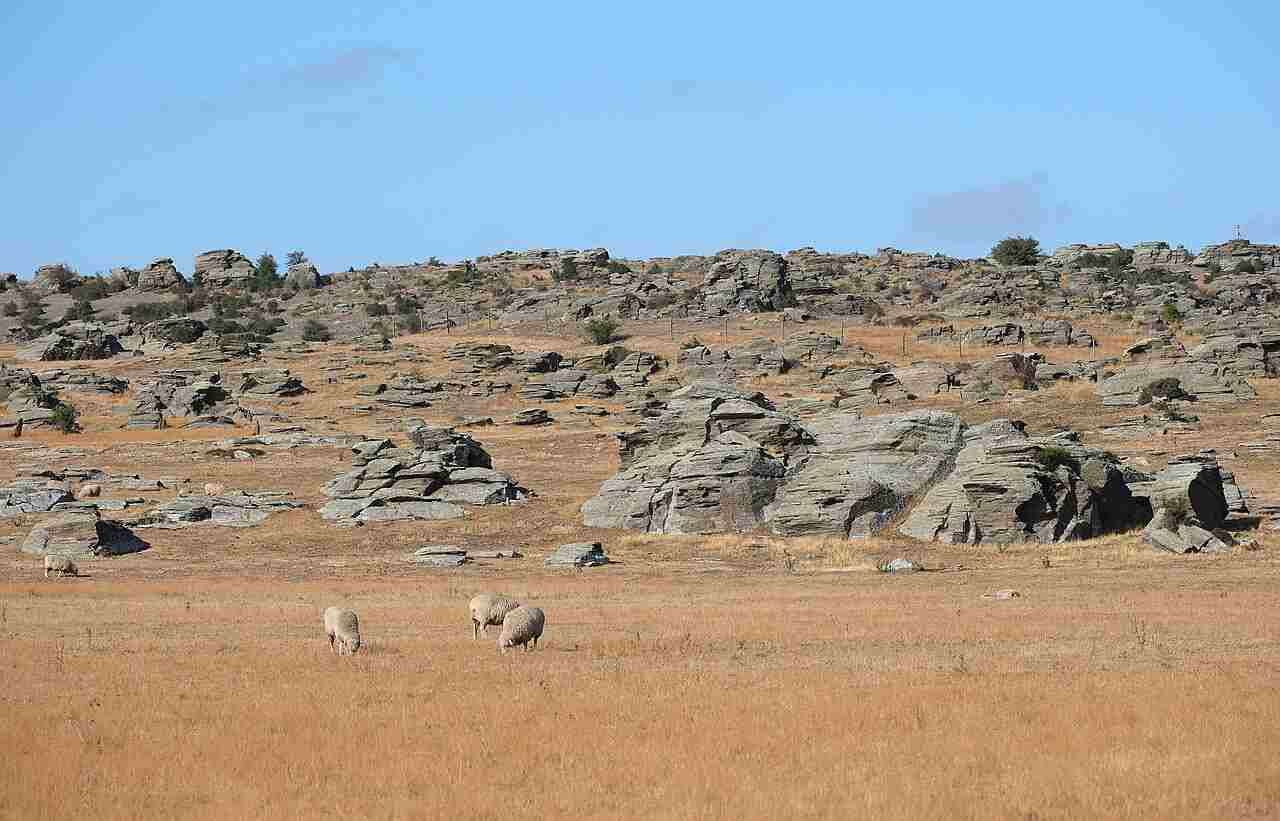
Conclusion
Abiotic factors in the Savanna are;
1. Solar Energy
2. Climate
3. Soil
4. Oxygen
5. Nutrients
6. pH
Ecological Function: Influences nutrient availability and microbial activity in the soil.
Importance: Shapes plant diversity, adaptation, and overall savanna ecosystem health.
7. Electrical Conductivity (soil)
Ecological Function: Reflects soil fertility, impacting plant growth and microbial activity.
Importance: Crucial for overall savanna ecosystem productivity and dynamics.
8. Moisture Content
Ecological Function: Affects plant hydration, influencing species distribution and ecosystem dynamics.
Importance: Shapes plant growth, animal behavior, and sustains savanna biodiversity.
9. Humidity
Ecological Function: Influences plant transpiration and animal behavior, impacting water balance.
Importance: Shapes savanna microclimate, contributing to ecosystem adaptability and resilience.
10. Water
Ecological Function: Sustains life, supporting plant growth and providing habitats for animals.
Importance: Central role in maintaining savanna biodiversity and ecosystem balance.
11. Inorganic Carbon
Ecological Function: Affects soil structure, nutrient cycling, and carbon availability for photosynthesis.
Importance: Shapes soil fertility, plant growth, and overall savanna ecosystem sustainability.
12. Rocks
Ecological Function: Influences soil composition, nutrient availability, and provides habitats for organisms.
Importance: Shapes physical landscape, supports plant adaptations, and contributes to savanna ecosystem resilience.
References
1). Atsri, H. K.; Konko, Y.; Sanchez, A. C.; Abotsi, K. E.; Kokou, K. (2018). "Changes in the West African forest-savanna mosaic, insights from central Togo." PLoS ONE 13(10):e0203999. Available at: https://doi.org/10.1371/journal.pone.0203999. (Accessed 15 January 2023).
2). Beerling, D. J.; Osborne, C. P. (2006). "Origin of the savanna biome." Global Change Biology 12(11):2023–2031. Available at: https://doi.org/10.1111/j.1365-2486.2006.01239.x. (Accessed 14 January 2023).
3). Davis, S. (2017). "The Impact of Sunlight on the Tropical Savanna." Available at: https://sciencing.com/impact-sunlight-tropical-savanna-12151846.html. (Accessed 14 January 2023).
4). Donoghue, S.; Furley, P.; Stuart, N.; Haggis, R.; Trevaskis, A.; Lopez, G. (2019). "The nature and spatial variability of lowland savanna soils: Improving the resolution of soil properties to support land management policy." Soil Use and Management 35(4). Available at: https://doi.org/10.1111/sum.12513. (Accessed 14 January 2023).
5). Gash, J. H. C.; Wallace, J. S.; Lloyd, C. R.; Dolman, H. A.J.; Sivakumar, M. V. K.; Renard, C. (2006). "Measurements of evaporation from fallow Sahelian savannah at the start of the dry season." Quarterly Journal of the Royal Meteorological Society 117(500):749 - 760. Available at: https://doi.org/10.1002/qj.49711750005. (Accessed 15 January 2023).
6). Montgomery, R. F. (1988). "Some Characteristics of Moist Savanna Soils and Constraints on Development with Particular Reference to Brazil and Nigeria." Journal of Biogeography Vol. 15, No. 1, Biogeography and Development in the Humid Tropics (Jan., 1988), pp. 11-18 (8 pages). Available at: https://doi.org/10.2307/2845041. (Accessed 14 January 2023).
7). Pellegrini, A. F. A. (2016). "Nutrient limitation in tropical savannas across multiple scales and mechanisms." Ecology 2016 Feb;97(2):313-24. Available at: https://doi.org/10.1890/15-0869.1. (Accessed 14 January 2023).
